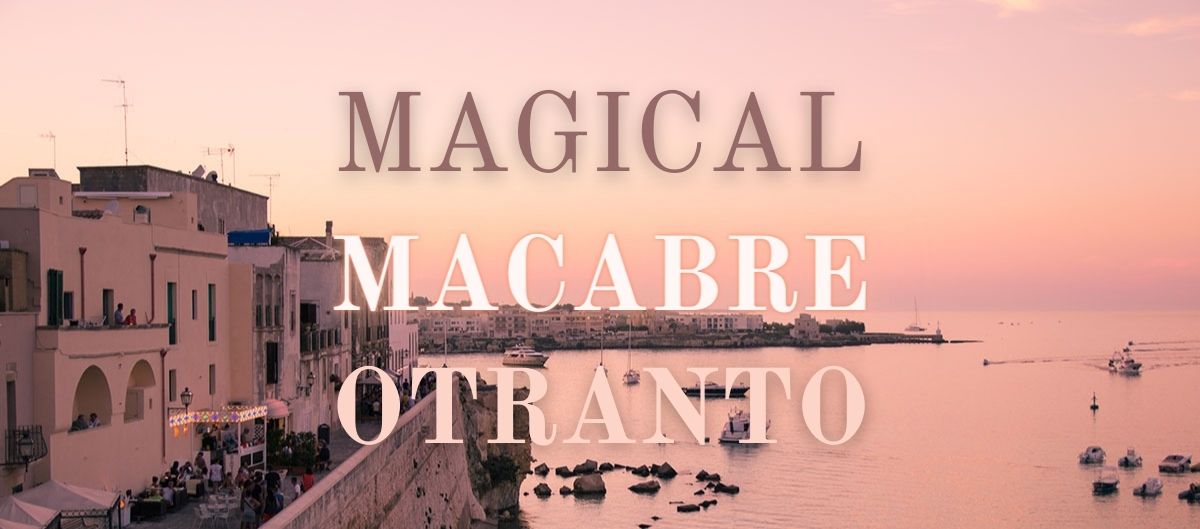Beautiful, Macabre and Delicious Otranto on The Italian Stiletto

The southeasternmost point the Italian Stiletto, Otranto has been a target for invaders and crusaders both. Otranto is a great day trip from anywhere in the Puglia region with charming shops, fascinating history and (very important!) many reasonable restaurant choices facing the crystal, azure waters of the Adriatic just south of Brindisi.



Otranto is as wonderfully appreciated by its amazing cathedral with its medieval mosaic floor as by its azure waters and sweeping panoramas!




Snoop around its compact old quarter and you can peel the past off in layers – Greek, Roman, Turkish and Napoleonic.

These days the town is a generally lovely, welcoming place with great restaurants and five star Frutti di Mare appetizer at the seaside restaurant where we dropped in.


It’s infamous history was marked by a Turkish massacre in 1480 and the bones of 813 Christian martyrs entombed in the ossuary behind its legendary cathedral.

Mosaics, skulls, crypts and biblical-meets-tropical imagery: Otranto cathedral is like no other in Italy. It was built by the Normans in the 11th century, incorporating Romanesque, Byzantine and early Christian styles with their own, and has been given a few facelifts since. Covering the entire floor is its pièce de résistance, a vast 12th-century mosaic of a stupendous tree of life balanced on the back of two elephants.
The beauty of the floor contrasts sharply with the ghoulishly fascinating Cappella Mortiri (Chapel of the Dead), where the bones and skulls of 813 Otranto martyrs beheaded by the invading Turks in 1480 peer out of seven tall glass cases.

I was mesmerized by the well-preserved floor and almost missed the beautiful wooden coffered ceiling.

Remnants of the old city dot the landscape. There is, of course, a castle.

As most Castelli Aragonesi the castle of Otranto is an uninviting, bombastic power structure which massive walls, three towers, endless battlements and a lumpy lawn, where the moat used to be. A drawbridge still leads into the ward, sometimes used for concerts and performances. And there are public offices, school rooms and exhibition halls in the rooms that used to house a small army.
Italiannotes.com

It has a literary connection to author Horace Walpole who, in 1768 wrote what is described as “a fusion of Medieval romance and realism called The Castle of Otranto.” Not on my list of summer reads…
This painted motto for all restaurant guests describes the Otranto experience in poetry:

“Otranto is an anagram for return. This is a place you always come back to that carries you like a beautiful memory” (thanks Google translate…)
Related Posts
Eat at the Most Bizarre, (delish) and Colorful Food Circus in the World!
Bubbling cauldrons of soups, meats wrapped in palm leaves, a rainbow of desserts – honestly…when …
May 17, 2024Giving Alms: Silent and Beautiful Sunrise in Luang Prabang
Each morning before sunrise, the faithful line the sidewalks of the city of Luang Prabang …
May 13, 2024

Leave A Comment